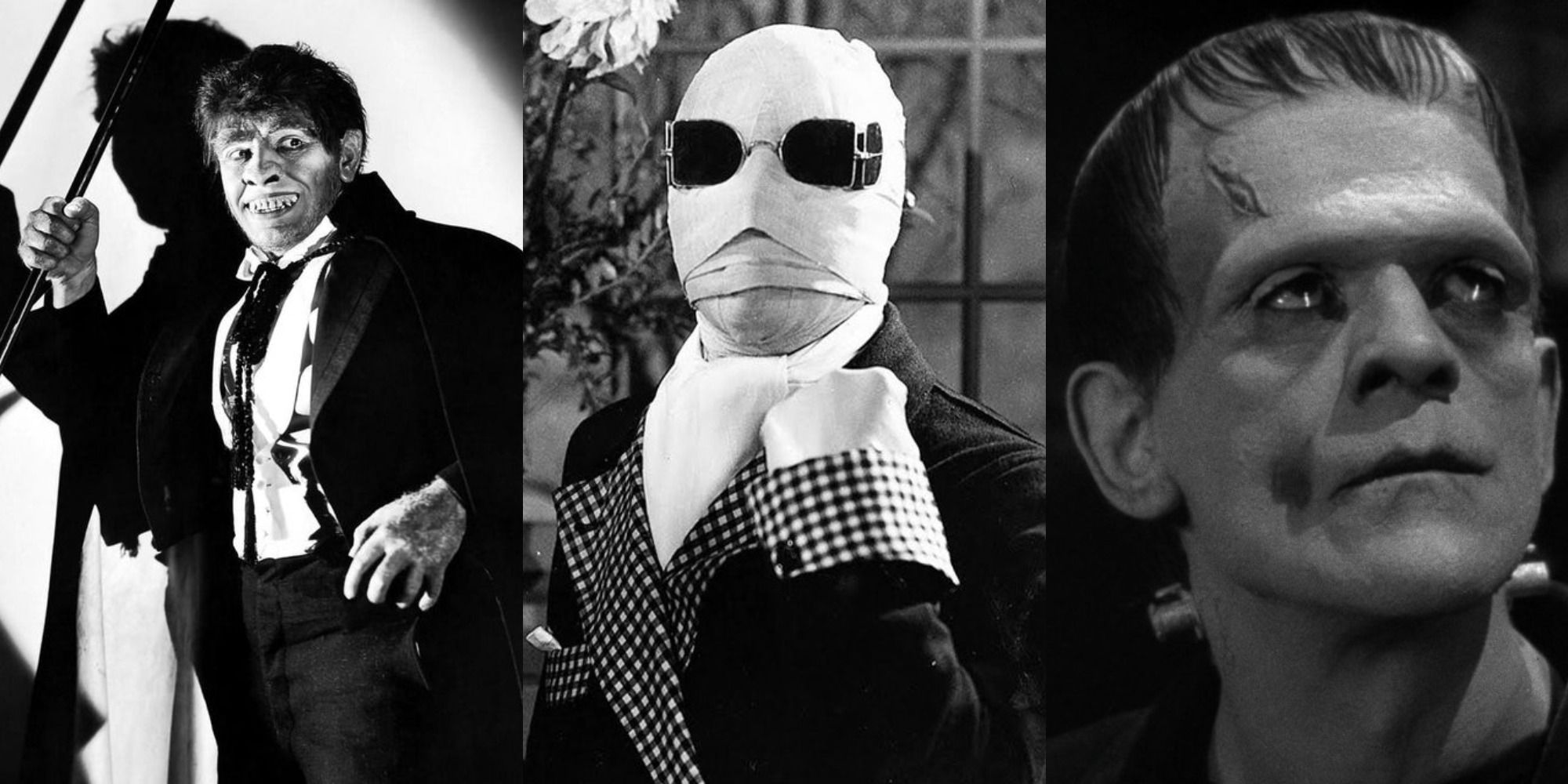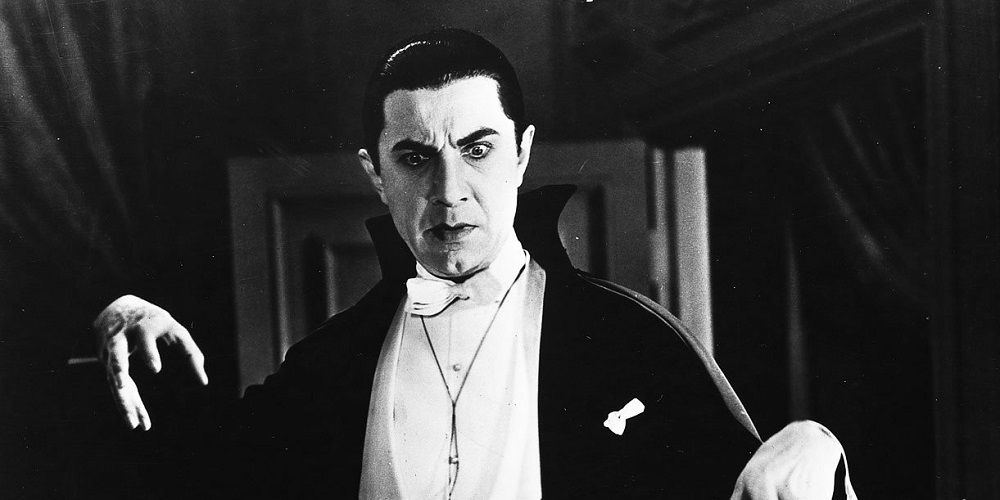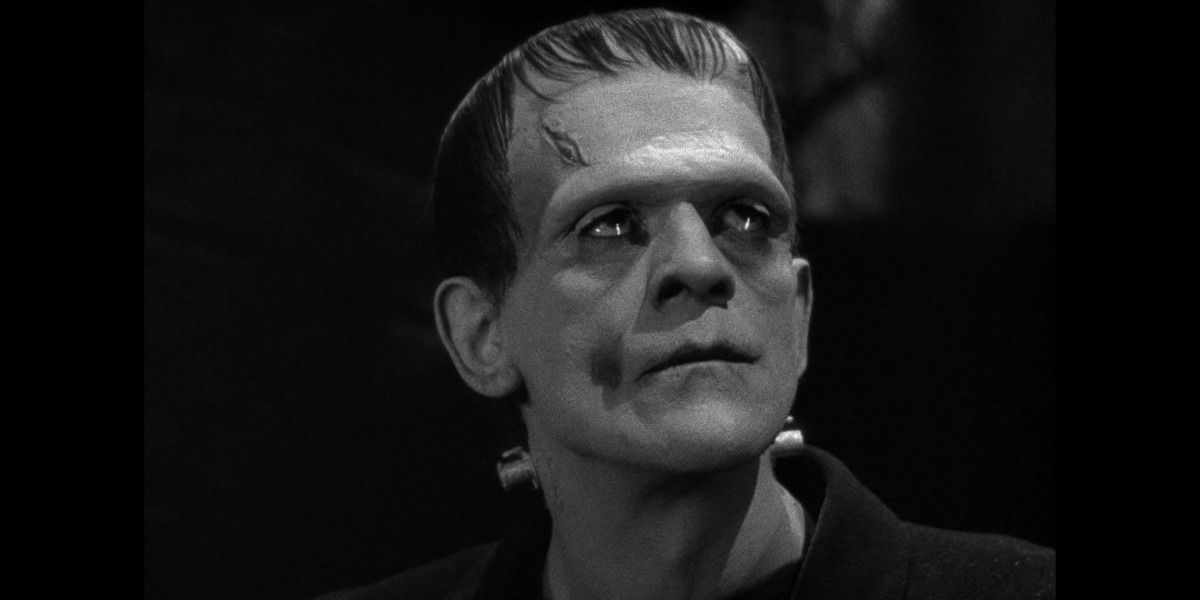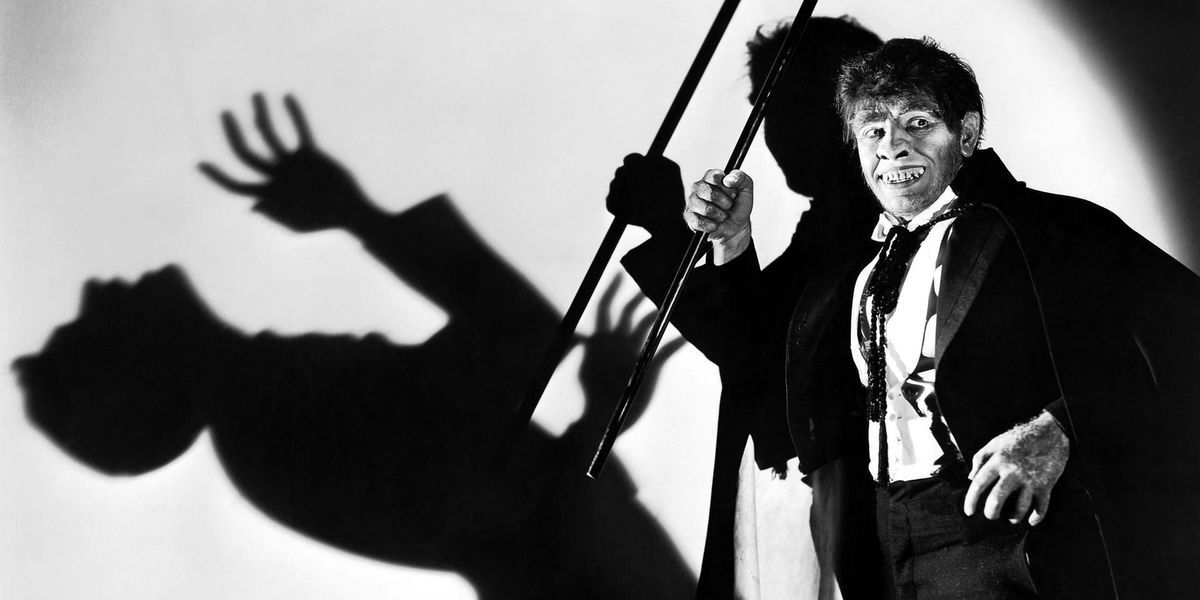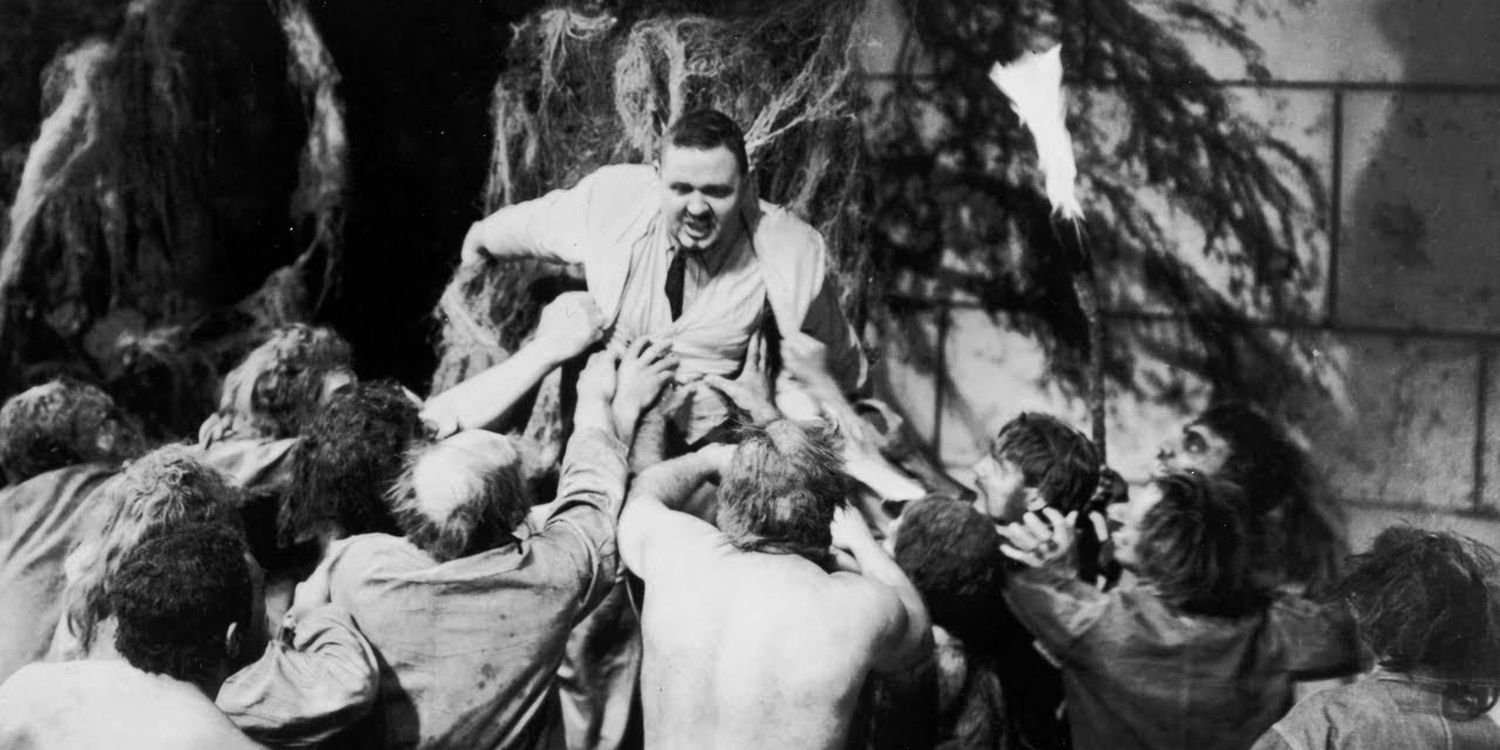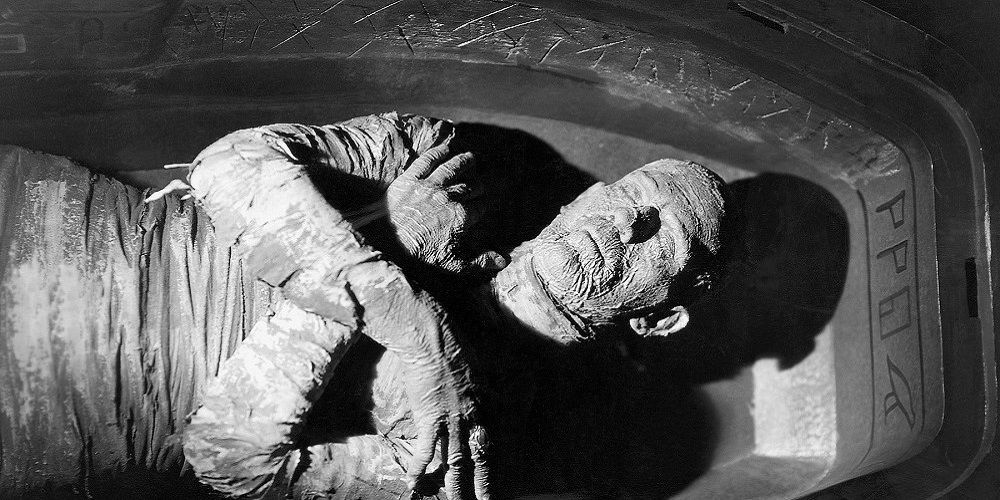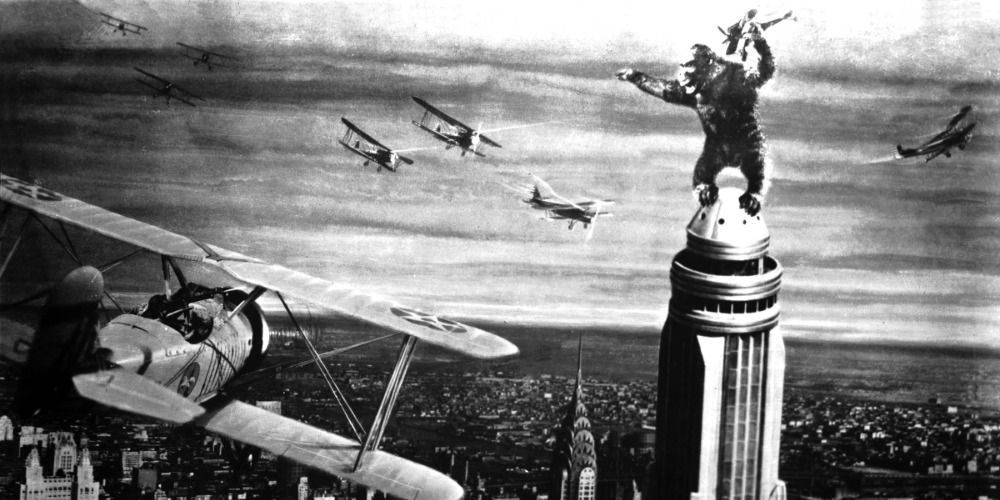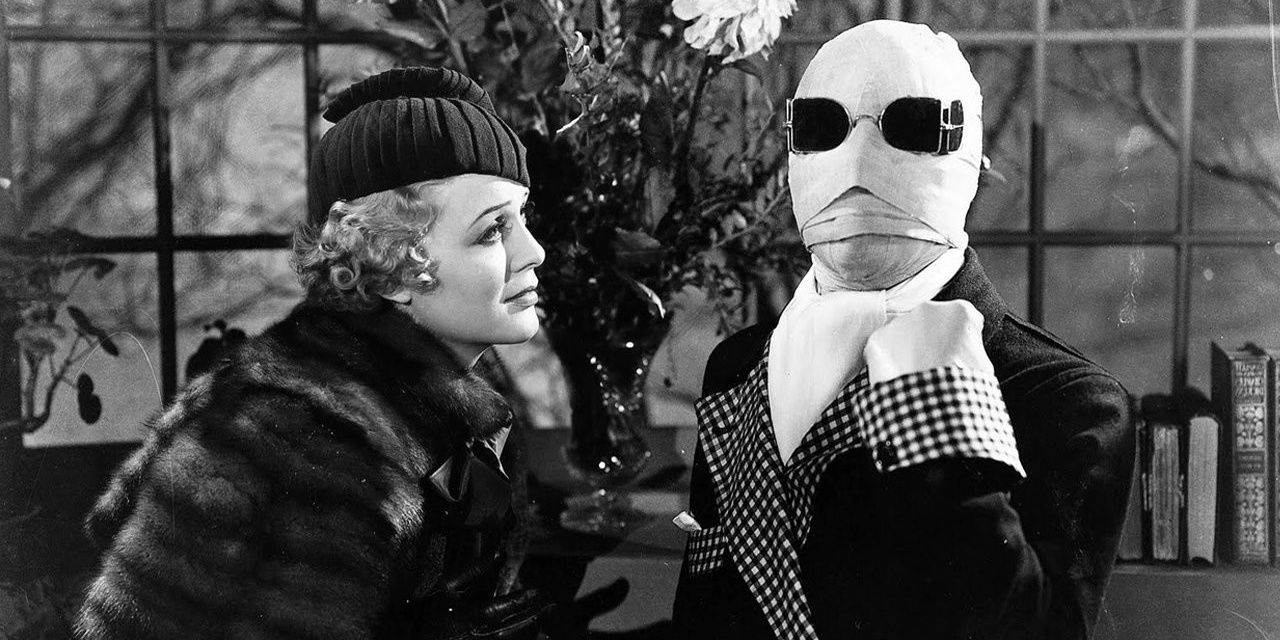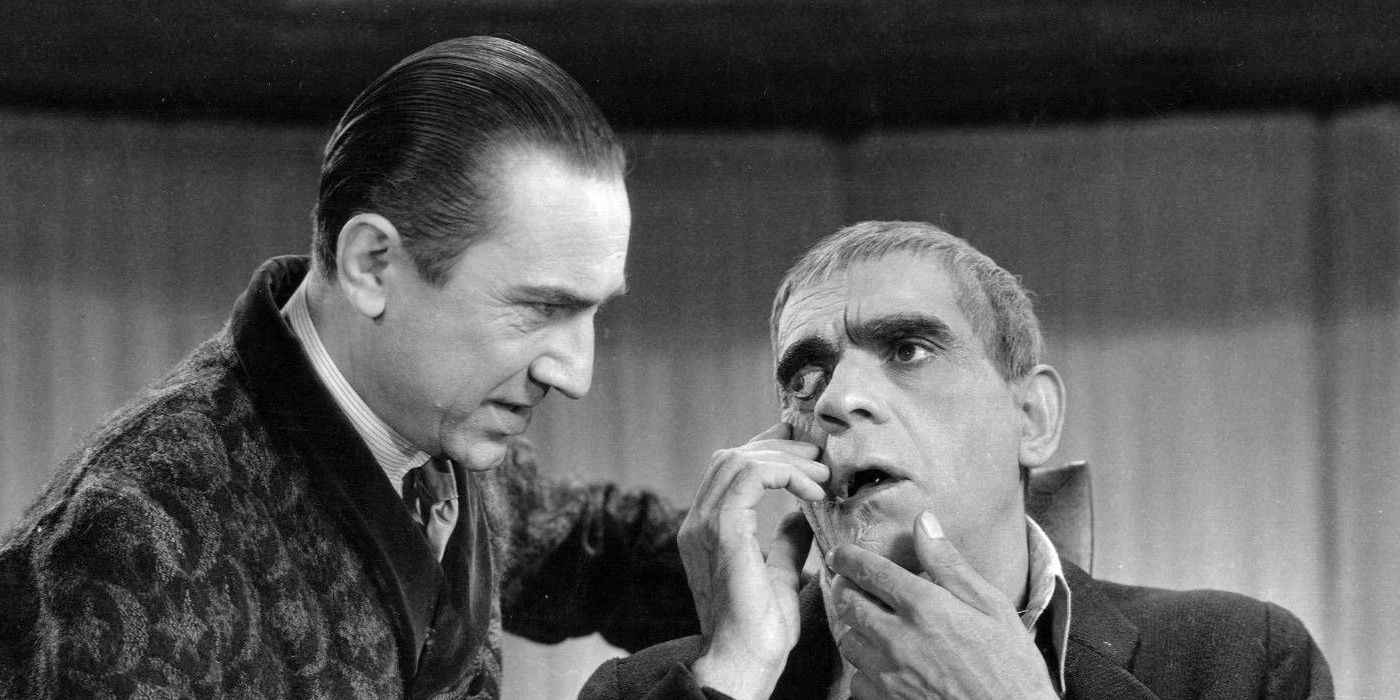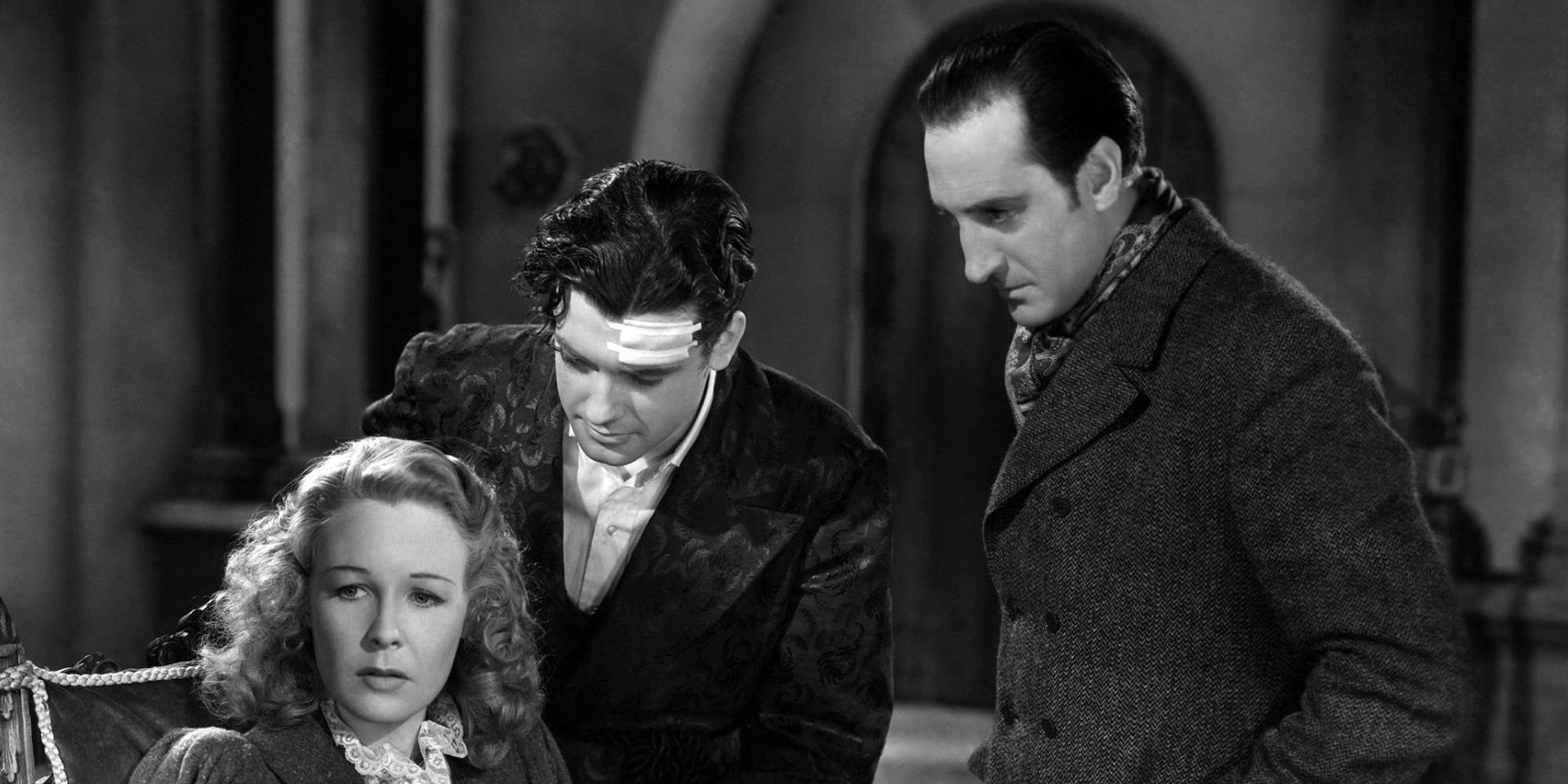The 1930s were a legendary decade for horror. The Universal monsterverse was in full swing, and advancements in visual effects ensured that audiences the world over were startled and scared by convincing images.
With that said, there's no denying that these movies have aged (being eighty years old and all). But just because something has visibly aged doesn't necessarily mean that it's bad. Many classic horror movies from the 1930s are still effective today, whether it be through imposing cinematography, creative editing, convincing acting, or uncomfortable themes. Movie viewers should not shy away from the '30s classics - there's a lot to love there.
Dracula (1931)
Dracula is easily one of the most influential horror films ever released. Released by Universal Pictures in 1931, Dracula starred Bela Lugosi as the titular vampire and effectively established the way that vampire stories would be told for the next century.
Lugosi's costume and mannerisms, including his iconic accent, have long been Dracula staples ("I vant to suck your blood!"), and future vampire stories borrowed heavily from the mythology and imagery of Dracula. It's an undisputed classic.
Frankenstein (1931)
Universal borrowed many of its now-iconic monsters from literature. Frankenstein's monster was among them. Also released in 1931 (a particularly great year for horror), Frankenstein was adapted from the Mary Shelley novel of the same name, originally published all the way back in 1818.
Frankenstein remains remarkably proficient as a horror film, featuring some nightmarish imagery (like the monster tossing a little girl into a lake), convincing make-up effects, and oppressive black and white imagery.
Dr. Jekyll And Mr. Hyde (1931)
Produced and directed by Rouben Mamoulian, Dr. Jekyll and Mr. Hyde was adapted from the 1886 novella of the (somewhat) same name, written by Robert Louis Stevenson.
The story explores the duplicity of man, with Fredric March playing the amiable scientist Dr. Henry Jekyll and his psychopathic and homicidal alter ego, Mr. Edward Hyde. The movie is an exceptional piece of filmmaking, receiving three Academy Award nominations (Best Actor, Best Cinematography, and Best Adaptation Writing).
Island Of Lost Souls (1932)
Island of Lost Souls was one of the most controversial films of its time. The movie is adapted from the H.G. Wells novel The Island of Doctor Moreau, which was originally published in 1896.
The movie was notable for starring Bela Lugosi as Sayer of the Law and for featuring irreligious ideals and themes - a fact that shrouded the movie's release in intense controversy. It remains an exceptionally impactful horror film, with its stellar make-up effects deserving particular praise.
The Mummy (1932)
Fresh off the success of Frankenstein, Boris Karloff starred as Imhotep, the titular Mummy who is awakened from his ancient slumber. Another Universal classic, The Mummy opened to strong reviews and has since been remade on a number of occasions - the most popular of which being the Brendan Fraser-led 1999 remake.
While some may think this movie is outdated in the face of its modern remakes, The Mummy remains an effective horror title - a fact that is in large part thanks to the incredible Boris Karloff.
King Kong (1933)
Everyone knows King Kong, but not everyone has seen the iconic 1933 original. King Kong has been the recipient of three different remakes - King Kong in 1976, King Kong in 2005, and Kong: Skull Island in 2016. Unfortunately, the incredible advancement in visual effects may have kept modern audiences glued to the remakes rather than seeking out the original.
And while it's true that the visual effects are crude and silly by today's standards, the original King Kong deserves to be seen - if for no other reason than as a piece of horror movie history.
The Invisible Man (1933)
Another H.G. Wells adaptation (from his 1897 novel of the same name), The Invisible Man is widely regarded as one of the finest accomplishments of the 1930s. Another stellar entry in the Universal canon, The Invisible Man stars Claude Rains as Dr. Jack Griffin, the titular Invisible Man who is covered in bandages.
While the movie received a remake in 2020, it shares little in common with this fantastic original. The image of Griffin covered in bandages and donning a pair of shades is worth the price of admission alone.
Bride Of Frankenstein (1935)
Widely regarded as one of the best sequels in film history, Bride of Frankenstein was released to wide acclaim in the spring of 1935. Many fans and critics even consider Bride to be superior to its iconic predecessor, with much praise going to the performances and direction.
James Whale is a legendary director, and his creative output throughout the '30s is paramount to genius. The film is an expertly produced piece of entertainment, and it remains every bit as entertaining today as it was in 1935.
The Raven (1935)
The Raven was well known in its time for starring both Bela Lugosi and Boris Karloff. Both stars were at the absolute height of their fames, and both had readily established themselves as the two leading names in horror.
The story shares very little in common with Edgar Allan Poe's classic poem, and it resulted in some negative press and reviews. However, its standing has somewhat changed throughout the decades, and it's now regarded as an oft-forgotten classic of the era. This little known and little respected film deserves more attention.
The Hound Of The Baskervilles (1939)
Sir Arthur Conan Doyle wrote countless magnificent stories throughout his illustrious career, and The Hound of the Baskervilles is undoubtedly one of them. The story has been adapted into countless shows and films throughout the century, and this 1939 iteration may prove the best of them all.
The movie stars Basil Rathbone as Sherlock Holmes and Nigel Bruce as Dr. Watson - a combination that proved so successful and endearing that it launched fourteen more Sherlock Holmes films starring the legendary duo. The story will forever remain effective, and the duo at the heart of the film are endlessly watchable. It's a classic.

